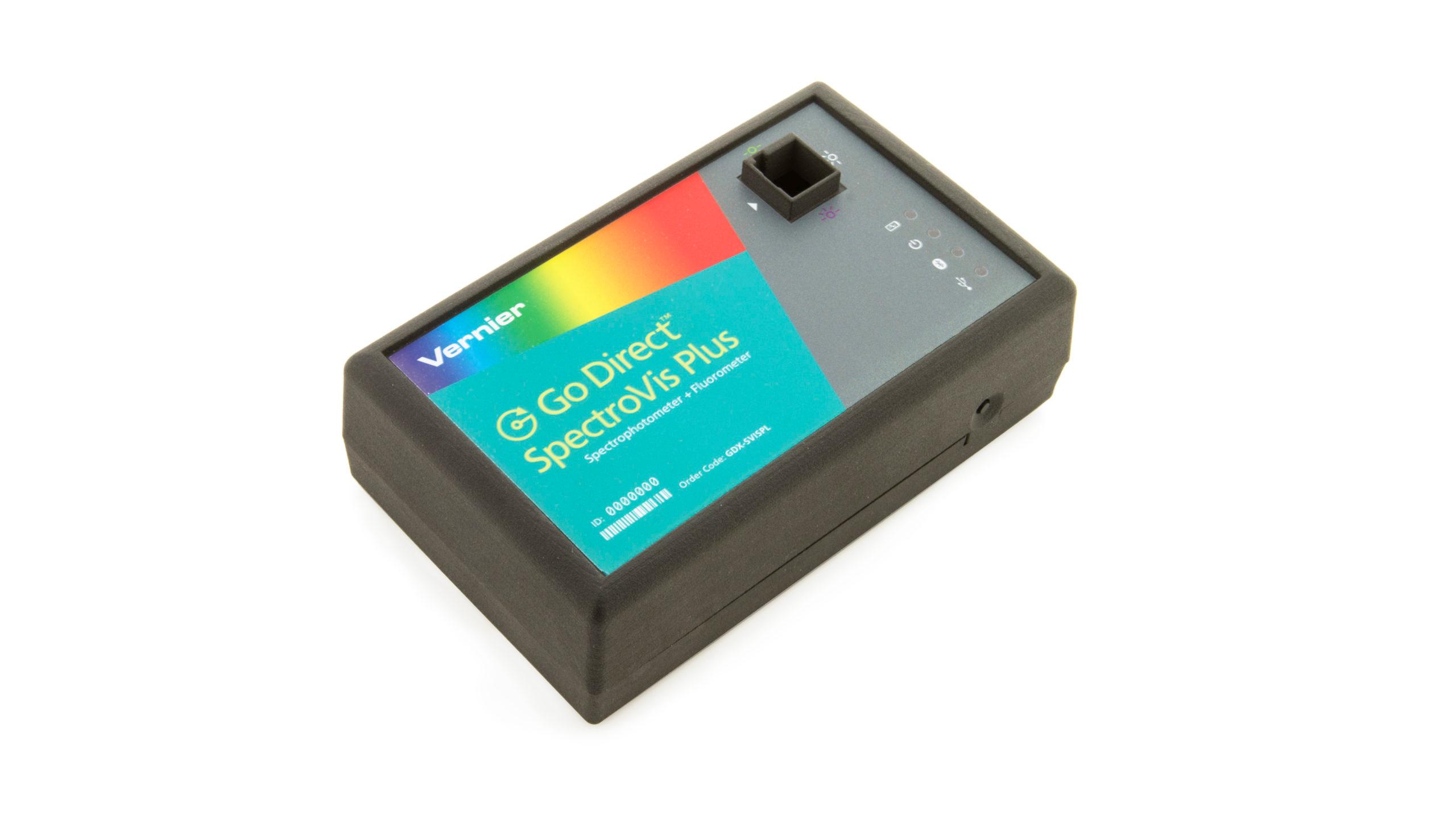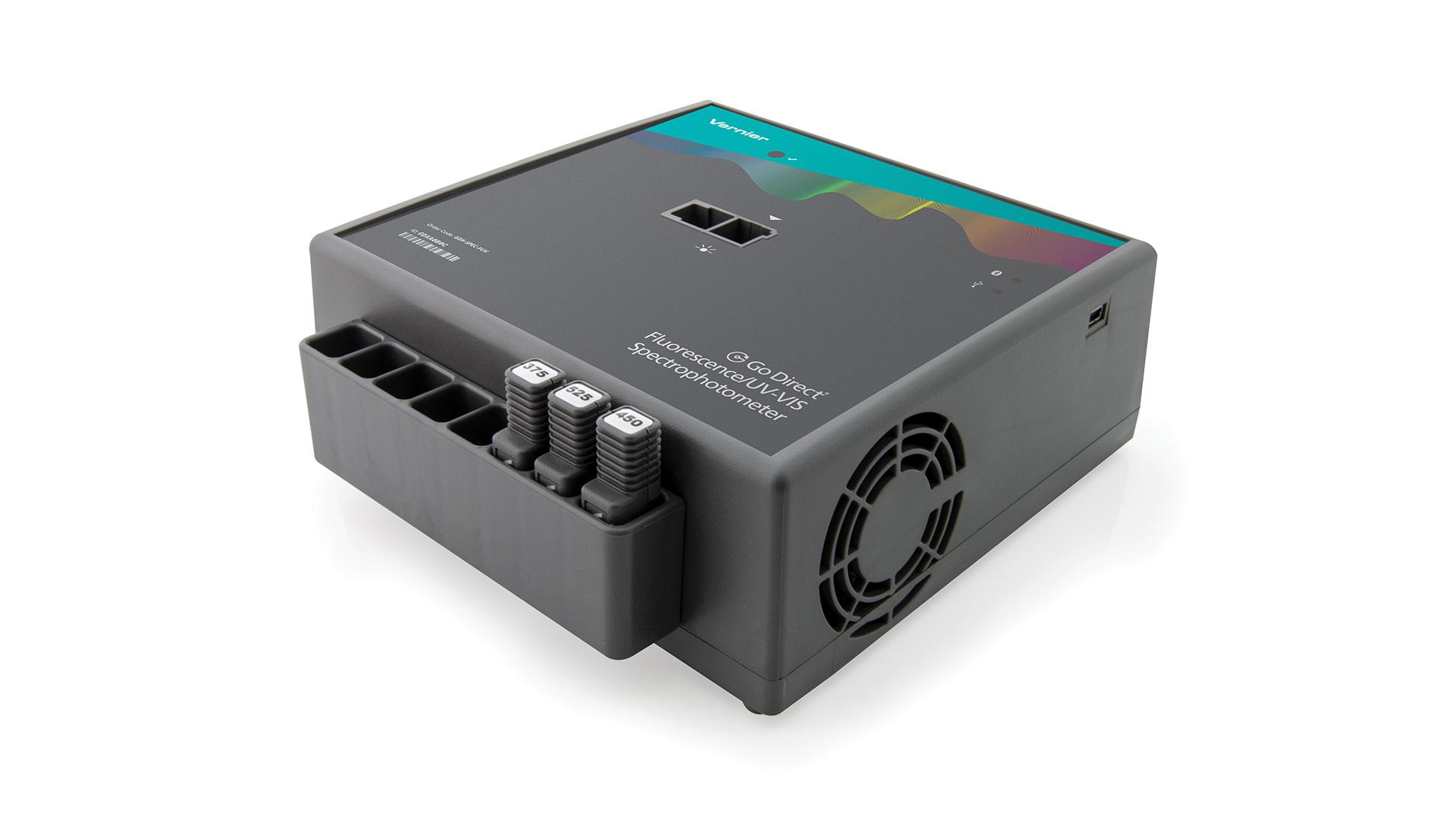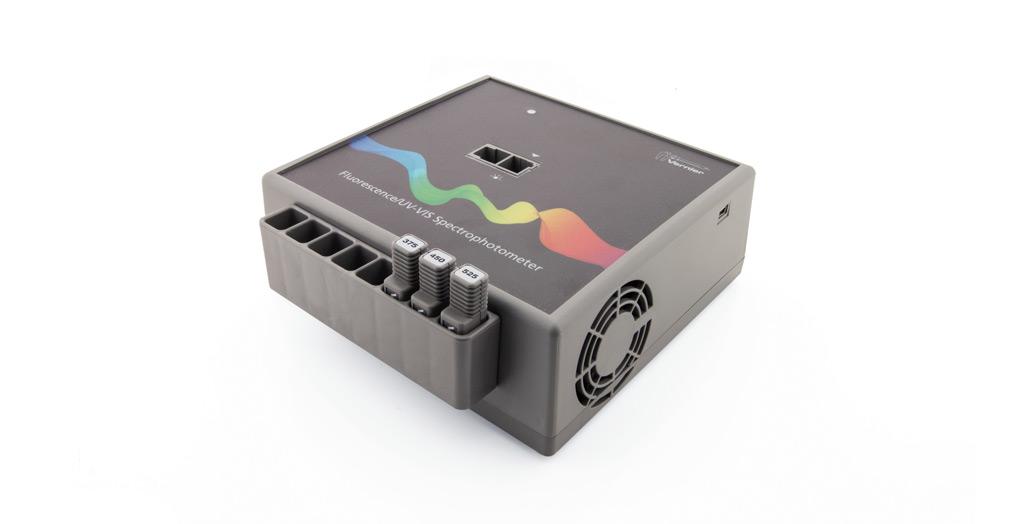Introduction
Fluorescein is an organic fluorescent dye used in several areas, ranging from medicine to research applications. Structurally, fluorescein is similar to phenolphthalein, a well known dye indicator used in acid-base titrations. Fluorescein is fluorescent whereas phenolphthalein is not.
Fluorescence occurs due to the emission of light from the relaxation of the molecule from the excited state to the ground state. The electronic transition to the excited state occurs when the excitation wavelength corresponds to the energy difference between the ground state and the excited state. In the excited state, some energy is lost to vibrational relaxation. As a result, fluorescence energy is less than the absorption energy and the emitted light is observed at a longer wavelength than the excitation wavelength.
Objectives
In this experiment, you will
- Synthesize fluorescein.
- Identify the wavelength of maximum absorbance (λ max).
- Determine the purity of the sample based on Beer’s law.
- Identify the emission wavelength.
Sensors and Equipment
This experiment features the following sensors and equipment. Additional equipment may be required.
Ready to Experiment?
Ask an Expert
Get answers to your questions about how to teach this experiment with our support team.
- Call toll-free: 888-837-6437
- Chat with Us
- Email support@vernier.com
Purchase the Lab Book
This experiment is #23 of Organic Chemistry with Vernier. The experiment in the book includes student instructions as well as instructor information for set up, helpful hints, and sample graphs and data.






